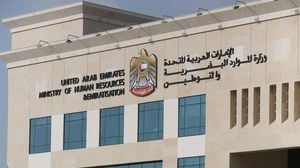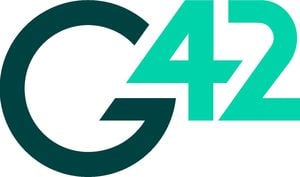The Brazilian government has finalized the payment schedule for the Bolsa Família program for March 2025, set to begin on March 18. Families enrolled must be aware of the specific dates associated with their final digit of the Número de Identificação Social (NIS), which is found on their program cards. The payments will be distributed over the last 10 business days of March, with each day targeting specific groups based on their NIS final digits, as mandated by the Ministry of Development and Social Assistance, Family and Hunger Combat.
The distribution of payments will follow this calendar, with the last digit of the NIS determining the specific date: 1 - March 18; 2 - March 19; 3 - March 20; 4 - March 21; 5 - March 24; 6 - March 25; 7 - March 26; 8 - March 27; 9 - March 28; 0 - March 31. This payment structure is set to avoid congestion at financial institutions and optimize resource distribution.
Significantly, December will see payments starting early due to the holiday season, with disbursements commencing on December 10. This early payment aims to alleviate the financial burdens families may feel during holiday preparations.
Bolsa Família is not merely about disbursement; it offers six distinct benefits to cater to various family needs: the Renda de Cidadania (BRC) provides R$142 per person for eligible families; the Complementary Benefit (BCO) brings additional funds to assure each family receives at least R$600; the Primeira Infância Benefit (BPI) allocates R$150 for each child under seven years; Variable Family Benefits (BVF) grant R$50 for pregnant individuals and children/adolescents aged seven to eighteen; the Nutritional Variable Family Benefit (BVN) offers R$50 for members under seven months; and the Extraordinary Transition Benefit (BET) ensures no beneficiaries receive less than under the previous Auxílio Brasil program, valid until May 2025.
To qualify for the Bolsa Família benefits, families must adhere to certain conditions: children and adolescents aged 4 to 17 must attend school regularly, pregnant individuals must undergo prenatal care, children under seven must have nutritional visits documented, and vaccination schedules must be kept up to date.
The program reaches approximately 20.56 million households registered under the Cadastro Único, targeting families with per capita incomes below R$218. This broad reach aims to support the most vulnerable with timely and structured financial assistance, reflecting the Brazilian government's commitment to reducing socioeconomic inequalities.
This payment system, organized by the final NIS digit, aims to streamline access and reduce the burden on families accessing the funds. According to official sources, beneficiaries should remain vigilant and compliant with program requirements to guarantee uninterrupted support.
Updates and detailed information about this payment schedule are expected to be provided through various government channels, including applications and official portals to facilitate accessibility and transparency concerning the funds' distribution.
For March 2025, the rollout of payments (NIS digit ending) demonstrates the government’s systematic approach to social assistance—ensuring funds reach targeted families efficiently. With procedures established for emergency situations, such as calamity or disaster crises, families from affected regions will have prioritized access to funds, amplifying the program's operational capacity.
The Bolsa Família program’s established mechanisms greatly assist vulnerable families, aiming to improve living conditions through steady and reliable financial support. It stands as one of Brazil’s primary strategies for addressing poverty and fostering inclusion across the country.
Ensuring families stay updated via the integrated government services will play a significant role as the payments approach—a move set to empower and provide necessary economic stability for many households.



